Healthy Aging: Your Better Nutrition Guide
Another year older, another year wiser, but will it be another year of better health? Aging can feel like an un-plug-able drain on our internal resources with no way to stop the process and thus maintain your current health status or, even harder, improve upon it for healthy aging. Fret not as with better nutrition you can and you will help support better health whether that means healing, maintaining, preventing or optimizing your health as the body ages. So what does healthy aging look like?
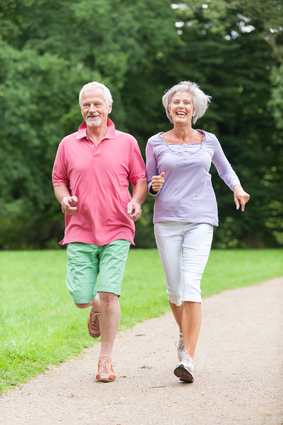 Nourish All Your Systems, Together: The whole body needs better nutrition but we don’t need different nutrition for better health nor for healthy aging. The good news is that key nutrients support the whole body’s total health. So when you consume probiotics, yes you are helping support a healthy digestive system but that also supports immune health which reduces overall stress and enables better heart health and brain health and so on. Same goes for a daily dose of broccoli’s glucoraphanin which enables detoxification, which removes unwanted toxins, which makes it easier for the body to do its daily tasks, which supports healthy skin, immune health and so on.
Nourish All Your Systems, Together: The whole body needs better nutrition but we don’t need different nutrition for better health nor for healthy aging. The good news is that key nutrients support the whole body’s total health. So when you consume probiotics, yes you are helping support a healthy digestive system but that also supports immune health which reduces overall stress and enables better heart health and brain health and so on. Same goes for a daily dose of broccoli’s glucoraphanin which enables detoxification, which removes unwanted toxins, which makes it easier for the body to do its daily tasks, which supports healthy skin, immune health and so on.
- Probiotic: Here’s what you need to know.
- Broccoli’s Glucoraphanin: Eat broccoli, daily, like me and Rerun. But for those days where that doesn’t happen, choose a supplement that contains TrueBroc or make some tea or coffee.
- Get the Essentials: Vitamins, minerals, fatty acids and phytonutrient because getting in all the nutrients your body needs, daily, can happen but often doesn’t. AKA favorites include: Mega Food, Natural Vitality, New Chapter, SmartyPants.
Know Your Numbers (and Levels): While there are certain nutrients every body needs, your body ages better when you know what you specifically need to replenish, restore, and support.
- Get labs drawn every six months including your vitamin D (25OH), your sed rate and CRP (markers of inappropriate inflammation), your HgBA1C (once a year is fine unless you are working on yours) to assess pre-diabetes/diabetes, heavy metals to assess toxin burden(s) and other labs may include stool or breath test for bacteria, omegas, and Berkley Heart Lab for knowing what your cholesterol really looks like.
R&R for Building Better Habits: You are never (EVER) to old to build better habits and that includes recognizing and replacing those that aren’t serving you with ones that will enable better health. While your myelin production may have slowed (learn more about this important brain matter in an awesome book “The Talent Code” by Daniel Coyle building better habits can and should happen.
- Identify what habits you currently have – list them all out on a piece of paper – ranging from taking the dog out to checking your email or social media. Then vet them into lists – better health enabler, better health deducting.
- For the better health enabler habits, write down what it is that motivates you to do these? How did they become habits? How would you feel if you didn’t do them one day? Several days?
- For the better health deducting habits – pick 1 or 2 that you really want to change and that will give you the biggest bang for better health by changing them to a better health enabling habit. Maybe you don’t take your supplements or you are having 3 glasses of wine a day or you have stopped being active or you have trouble sleeping.
- Now look back at the better health enabling habits descriptions – what motivates you for these, how do you make them happen – and write down a few thoughts for the 1 or 2 habits you picked – what could you do differently today and tomorrow and this week and next month? What would motivate you to do these? What would you have to give up to do make these happen?
- Just Do It… give yourself one month to see if you can create a new better health enabling habit by improving one that was previously deducting. Then put a calendar reminder each week for the rest of the year (the year that you are remodeling this habit not the calendar year) to check in on how you are doing.
Aging can and should be awesome. Like anything, healthy aging takes work – you have to train daily to age better – but the work is worth it when you age with better health. Have personal questions about your better aging Rx? That’s what I am here for – so make an appointment for an initial consult with me today.
Originally printed on ashleykoffapproved.com. Reprinted with permission.
Ashley Koff RD is your better health enabler. For decades, Koff has helped thousands get and keep better health by learning to make their better not perfect nutrition choices more often. A go-to nutrition expert for the country’s leading doctors, media, companies and non-profit organizations, Koff regularly shares her Better Nutrition message with millions on national and local television, magazines and newspapers. Visit her website at ashleykoffapproved.com.
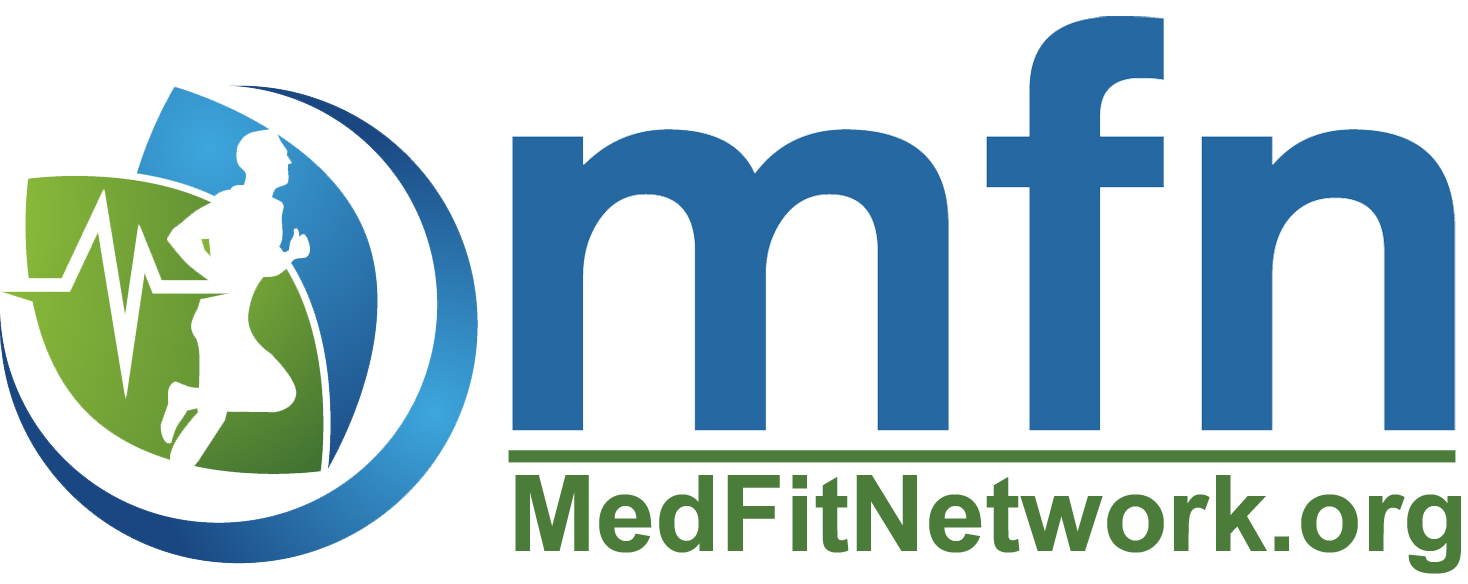
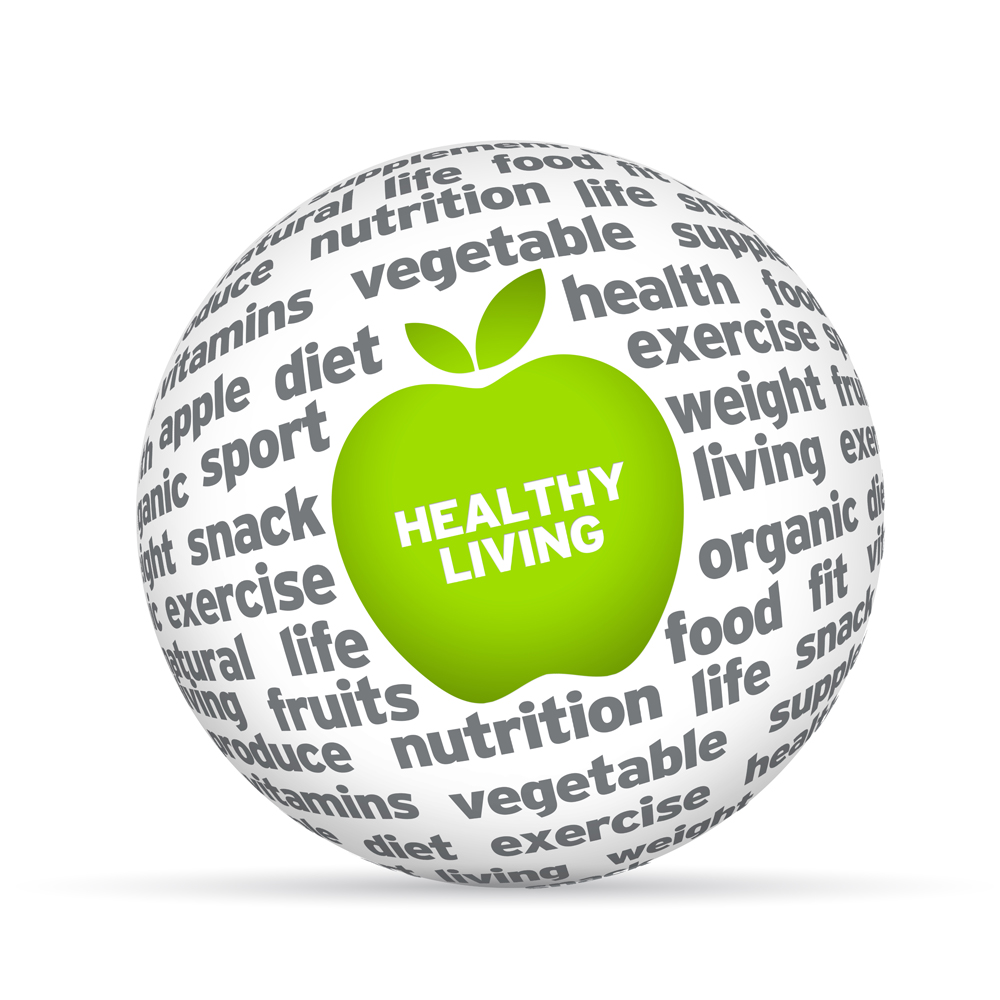
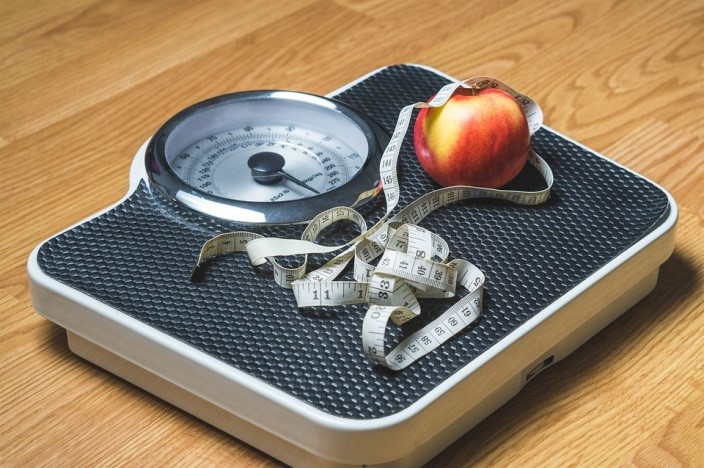
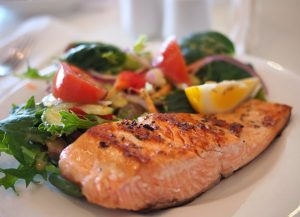 Other lean meats like salmon, tuna, mackerel and sardines, on the other hand, facilitate weight loss owing to the presence of healthy
Other lean meats like salmon, tuna, mackerel and sardines, on the other hand, facilitate weight loss owing to the presence of healthy 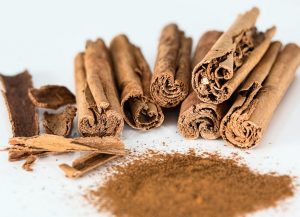 Cinnamon
Cinnamon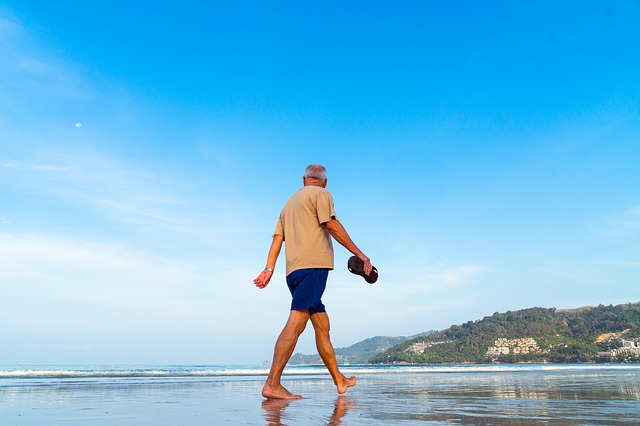
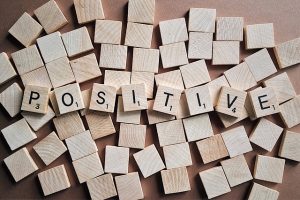 When I hear people say, “Ya, positive aging is so important.” I wonder, what exactly does positivity have to do with aging? Does having positive thoughts truly have an impact on the aging process?
When I hear people say, “Ya, positive aging is so important.” I wonder, what exactly does positivity have to do with aging? Does having positive thoughts truly have an impact on the aging process?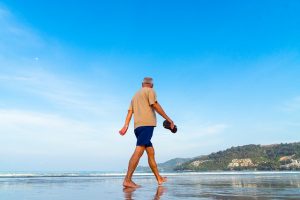 My friend’s conclusion is: “I think I have the quantity part of life figured out. I’m going to focus now on the quality. And as that relates to food, if it tastes good, I’m going to eat it…this baklava from the Greek Festival sure is delicious. MMmmmmmm.”
My friend’s conclusion is: “I think I have the quantity part of life figured out. I’m going to focus now on the quality. And as that relates to food, if it tastes good, I’m going to eat it…this baklava from the Greek Festival sure is delicious. MMmmmmmm.”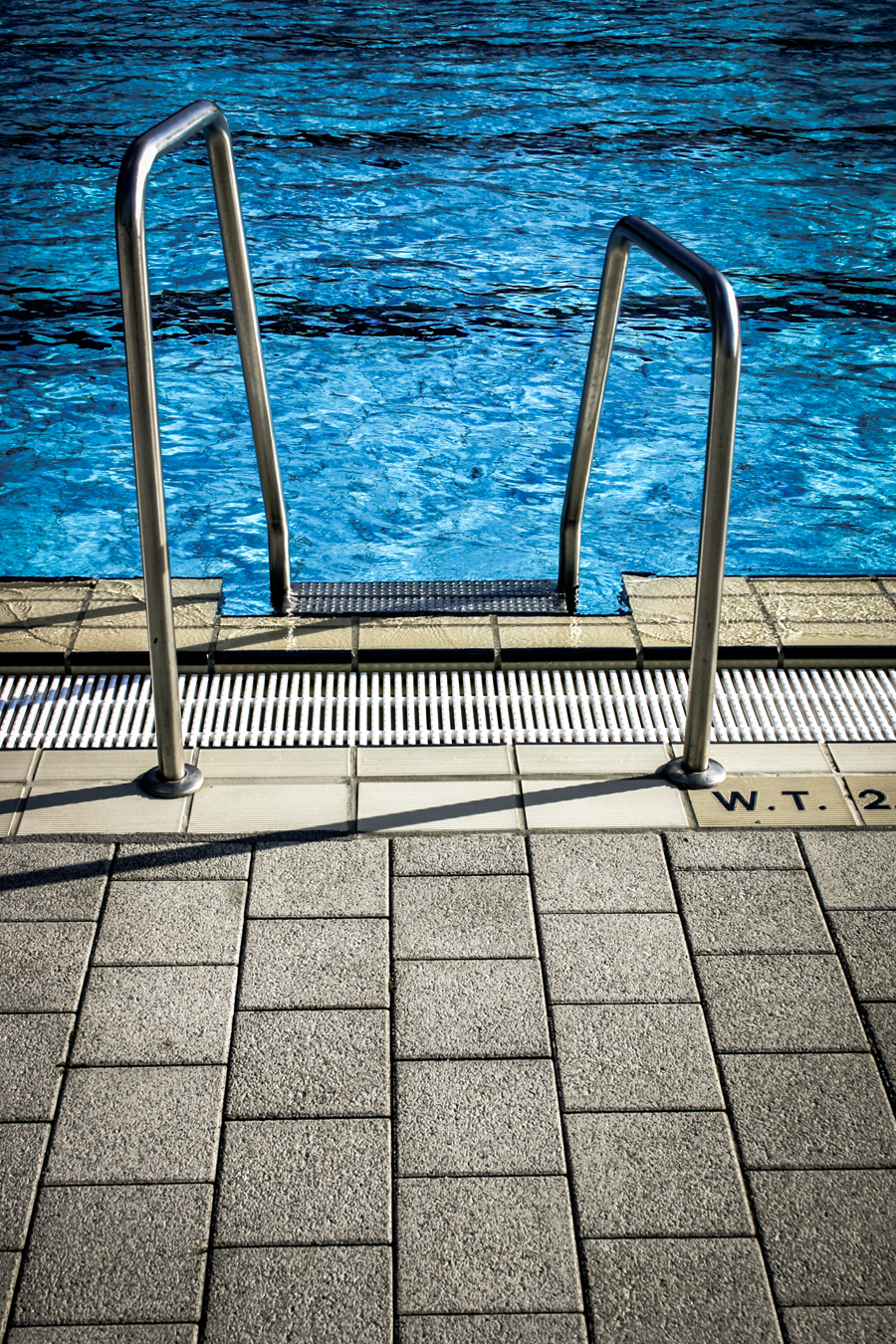
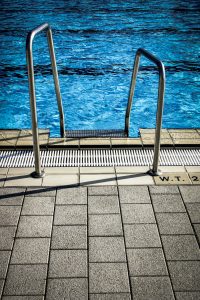 Active rest defined: “Involves performing light exercises that stimulate the recovery process without imposing undue stress on the injured body part.”
Active rest defined: “Involves performing light exercises that stimulate the recovery process without imposing undue stress on the injured body part.”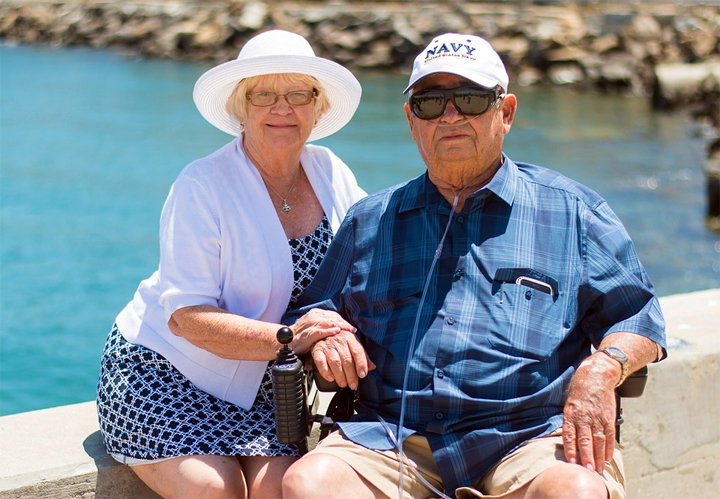
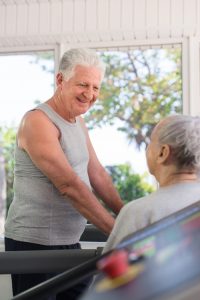
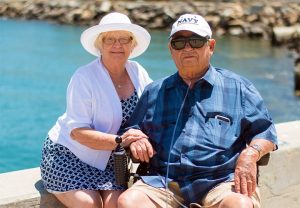 Vacations for seniors
Vacations for seniors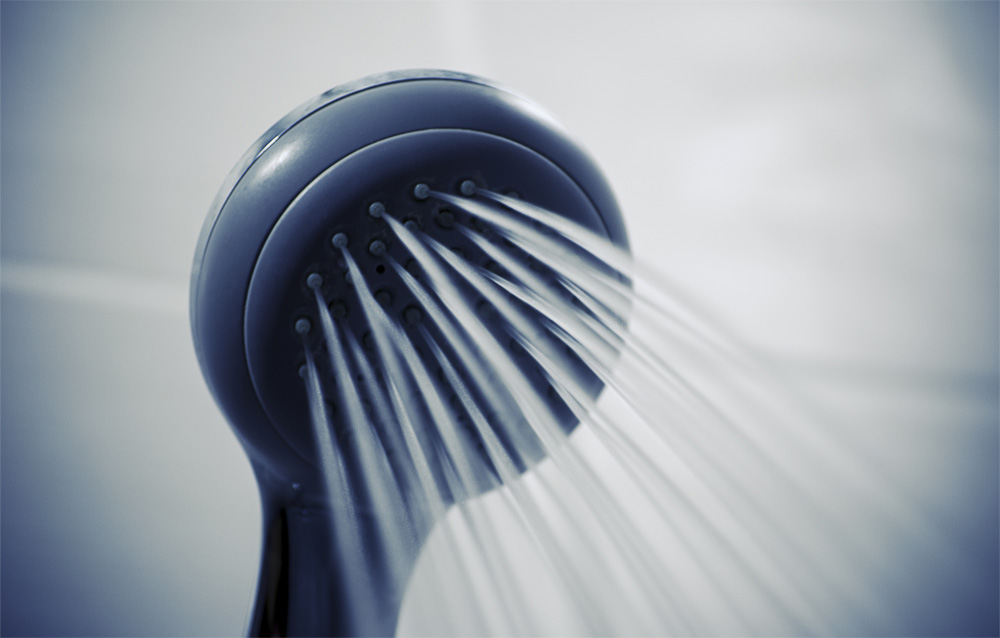
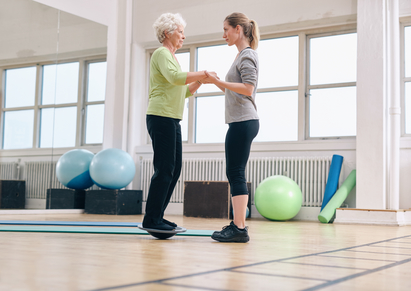
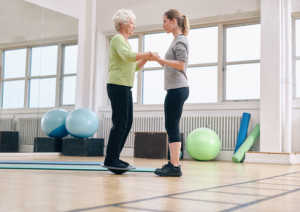 Challenges with balance and stability can happen to all of us as we get older, but is certainly more prevalent in our Parkinson’s community. Maintaining lower body strength in conjunction with balance is very important as it decreases one’s chances of falling.
Challenges with balance and stability can happen to all of us as we get older, but is certainly more prevalent in our Parkinson’s community. Maintaining lower body strength in conjunction with balance is very important as it decreases one’s chances of falling. 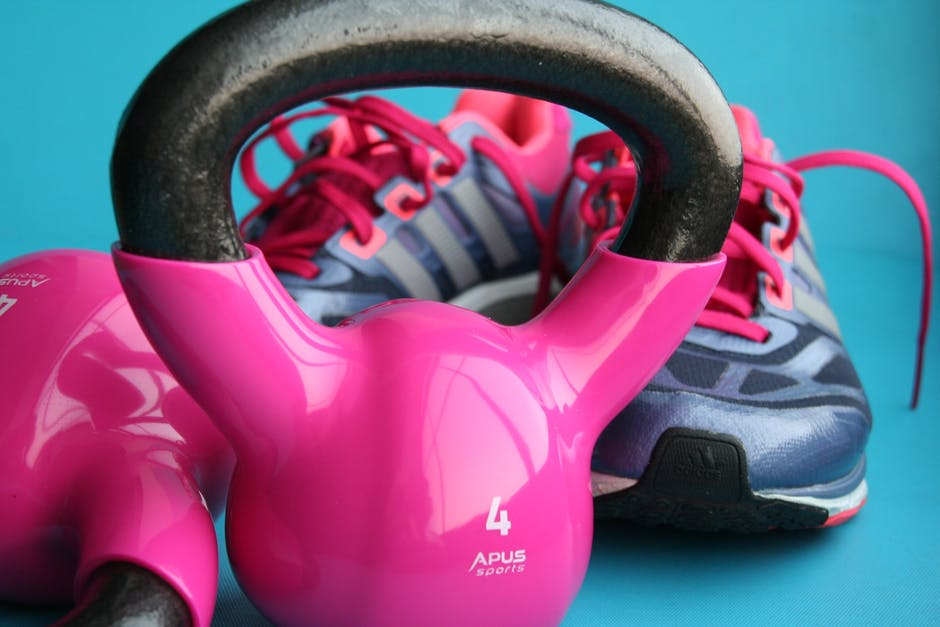
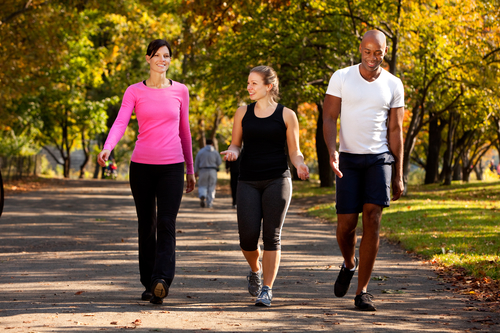 When it comes to the body’s adaptability and recovery response, the key is not pounding your body the same way everyday. Also follow the 10% rule-never increase your program (i.e. the amount of weight lifted or miles logged) more than 10% per week. This especially true when coming off an injury. Trying to make up for lost time courts disaster. Increasing the intensity, duration or frequency of your workouts too rapidly can interfere with your body’s amazing ability to adapt, resulting in overtraining, injury or both. Also there are new technologies like the
When it comes to the body’s adaptability and recovery response, the key is not pounding your body the same way everyday. Also follow the 10% rule-never increase your program (i.e. the amount of weight lifted or miles logged) more than 10% per week. This especially true when coming off an injury. Trying to make up for lost time courts disaster. Increasing the intensity, duration or frequency of your workouts too rapidly can interfere with your body’s amazing ability to adapt, resulting in overtraining, injury or both. Also there are new technologies like the 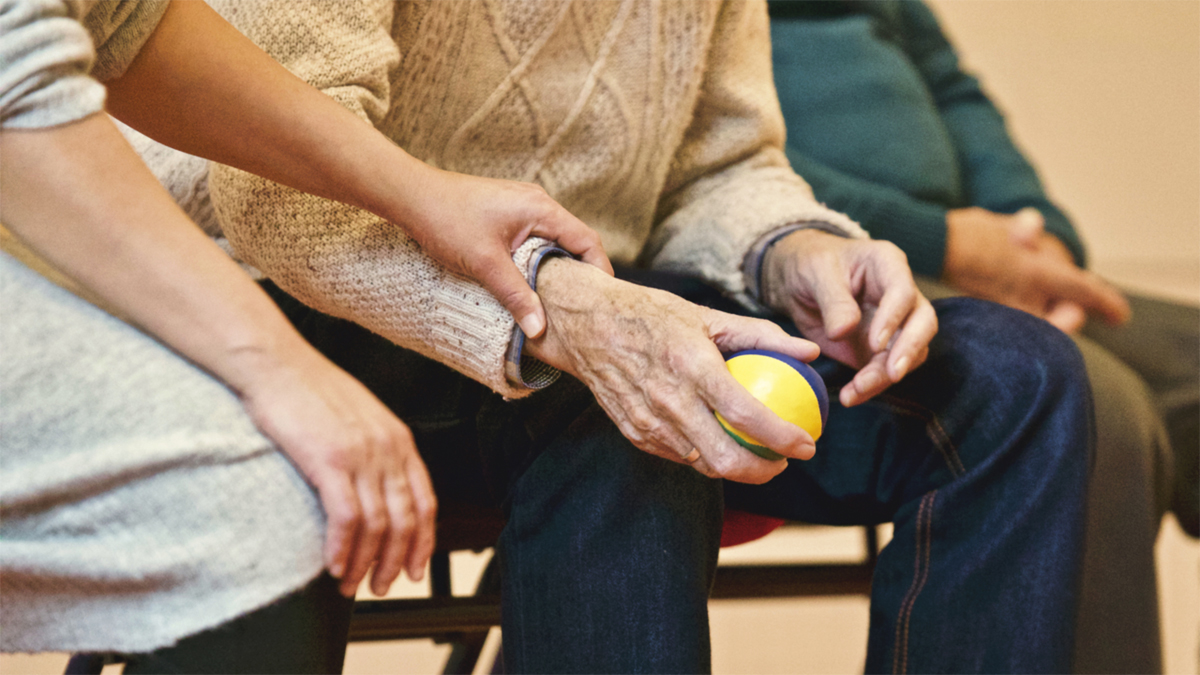
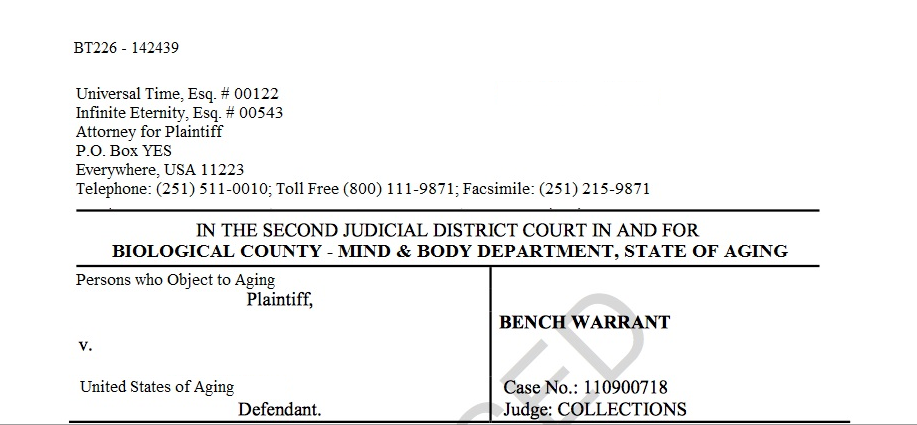
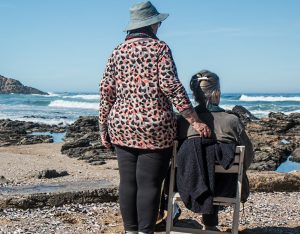 Perched on high, Honorable Time demands, “Please be seated.” Proponents of your objection turn the volume up on their snickering and clamor and the commotion and fracas crescendos until, “Order in the courtroom,” gruffly and vehemently reverberates among the walls from the booming voice of Honorable Time. Honorable Time delivers the verdict:
Perched on high, Honorable Time demands, “Please be seated.” Proponents of your objection turn the volume up on their snickering and clamor and the commotion and fracas crescendos until, “Order in the courtroom,” gruffly and vehemently reverberates among the walls from the booming voice of Honorable Time. Honorable Time delivers the verdict: